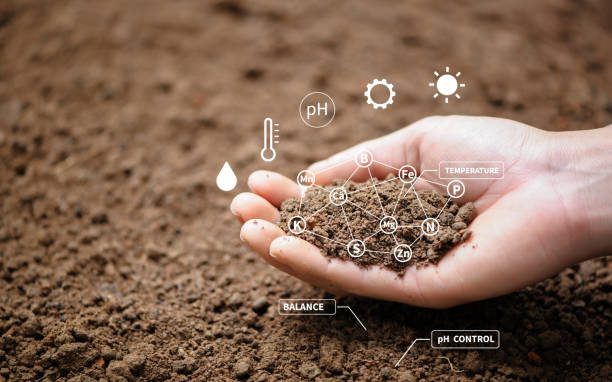
A high nitrogen content is, by far, the most important component of healthy soil. Soils that are low in nitrogen will not encourage plants to produce abundant foliage.
Nitrogen is essential to your plants by helping them in the following ways:
- Helps in chlorophyll production
- Aids essential plant tissue growth
- Boosts plant DNA
- Supports photosynthesis
What are fertilizers high in nitrogen?
Fertilizers are normally characterized by their nitrogen, phosphorus (row 15 – high phosphorus fertilizer), and potassium content. Typically, these three chemical components are identified as NPK values based on their chemical names.
Fertilizers high in nitrogen have a higher N amount compared to the other two. One example of high nitrogen fertilizer is one that has an NPK value of 10-5-5.
Which fertilizer has the most amount of nitrogen?
Urea has a nitrogen content of 46 percent. This amount can easily damage plants when applied pure.
As a result, commercial fertilizers high in nitrogen tend to be combined with other ingredients to lessen their strength.
What is high nitrogen fertilizer used for?
Fertilizers rich in nitrogen content encourage faster plant growth that results in more abundant harvests. Consequently, high nitrogen fertilizers are used frequently by most commercial farmers.
What is a good source of nitrogen fertilizer?
There are two sources of fertilizers that have high amounts of nitrogen in their content. The first is from natural fertilizers while the second one is from synthetic processing.
Natural high nitrogen fertilizers include manure, seed meals, and ground parts of animals. Synthetic fertilizers high in nitrogen are generally labeled as urea or as having high urea content.
What is the fastest way to increase nitrogen in soil?
Apply fertilizers high in nitrogen to increase the nitrogen content in your soil. You can use natural fertilizers, synthetic ones, or a combination of the two.
These can include commercial fertilizers with a high nitrogen portion, or fertilizers specifically made for plant foliage.
Are there disadvantages to using high nitrogen fertilizer?
Natural fertilizers rich in nitrogen do not present any danger to the environment. Synthetic fertilizers, on the other hand, have been studied for possible environmental hazards.
Possible side effects of continued use of synthetic fertilizers include increased greenhouse effect and the presence of acid rain.
Additionally, there are strong links between synthetic fertilizers and groundwater system contamination affecting human health.
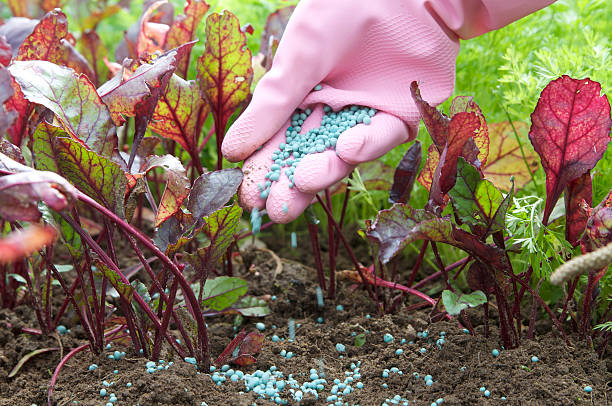
What fertilizers are high in nitrogen?
There are 15 sources of high nitrogen fertilizers. These are:
- Sodium Nitrate
- Feather Meal
- Blood Meal
- Hair
- Fish Meal
- Crab Meal
- Hoof and Horn Meal
- Animal Tankage
- Soybean Meal
- Bat Guano
- Cottonseed Meal
- Fish Emulsion
- Compost
- Manure
- Synthetic Fertilizers
These nitrogen sources have been arranged according to their percentage in weight as illustrated.
| Source | % N | % P | % K | Speed |
| Sodium Nitrate | 16 | 0 | 0 | 2 to 6 weeks |
| Feather Meal | 15 | 0 | 0 | 4 to 6 months |
| Blood Meal | 12.5 | 1.5 | 0.6 | 1 to 3 months |
| Hair | 12 | 26 | 0 | 1 to 2 years |
| Fish Meal | 10 | 4 to 6 | 0 | 1 to 3 months |
| Crab Meal | 10 | 0.25 | 0.5 | 1 to 3 months |
| Hoof and Horn Meal | 9 to 14 | 1.5 to 2 | 0 | 10 to 12 months |
| Animal Tankage | 7 | 10 | 0.5 | 1 to 3 months |
| Soybean Meal | 6.5 | 1.5 | 2.4 | 1 to 2 years |
| Bat Guano | 5.5 to 8 | 5 | 1.5 | 2 to 3 months |
| Cottonseed Meal | 4 to 6 | 4 | 2.5 | 1 to 4 months |
| Fish Emulsion | 5 | 1 | 1 | 1 to 2 weeks |
| Compost | 1.5 to 3.5 | 0.5 to 1 | 1 to 2 | 1 to 2 years |
| Manure | 0.5 to 6.5 | 0.2 to 4 | 0.4 to 3 | 1 to 2 months |
| Synthetic Fertilizers | can vary | can vary | can vary | can vary |
Let’s discuss each nitrogen source briefly to know more about them.
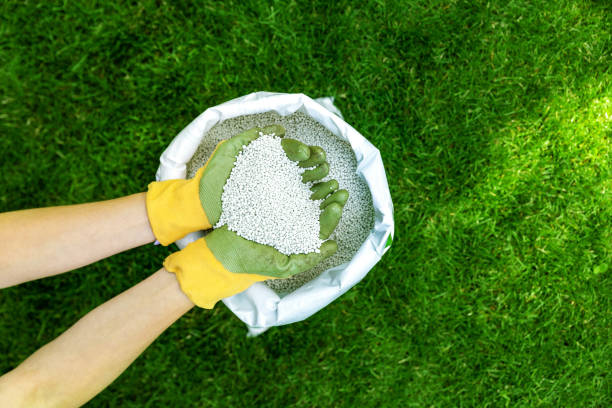
Sodium Nitrate
Sodium nitrate is a naturally occurring salt, which is also known as Chile saltpeter. This is to differentiate it from ordinary saltpeter, which has the chemical name potassium nitrate.
It comes in white granular form which can easily dissolve in water. It has a fast release time but should not be used too much since it can damage plants when given in excess.
Feather Meal
Made from heated and ground poultry feathers, this rich source of nitrogen comes in powder form. Even though it is powdered, feather meal is not soluble in water.
Since feather meal does not contain phosphorus or potassium, use it only when your soil is specifically lacking in nitrogen. You can also add some feather meal to your compost to increase its nutrient content.
Blood Meal
Blood meal is made from dried and ground-up animal blood, such as hogs and cattle. It is more balanced than sodium nitrate and feather meal since it contains some phosphorus and potassium.
Blood meal can last anywhere from a month to over three months, making it an effective nitrogen-rich fertilizer. It is applied as a soil amendment by sprinkling on or mixing with soil.

Hair
Hair is surprisingly rich in nitrogen as well as phosphorus. Since it releases its nutrients very slowly into the soil, hair is often ideal for long-term fertilization purposes.
It is best to use hair that has not been treated with chemicals since even hair gels can contaminate its nutrient content. To make the best use of hair as a fertilizer, add it to compost first before applying it to the soil.
Fish Meal
Discarded parts of the fish, including the bones, are dried before being ground to make fish meal. While it has high amounts of nitrogen and phosphorus, it does not have any potassium content.
This is ideal if your soil has high potassium content or if your plants do not require much potassium. Fish meal can last anywhere from one month to over three months.
Crab Meal
Crab meal is made up of the discarded, dried, and ground parts of crabs and other crustaceans. These parts often include their shells, which contain chitin that helps plants increase their resistance to diseases.
Crab meal releases its nutrients slowly and can even last for 4 months or more. Crab meal can be applied on top of the soil or mixed in as a soil amendment.
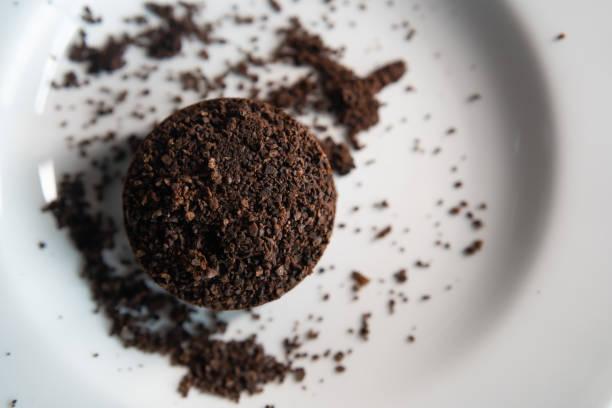
Hoof and Horn Meal
The hooves and horns of pigs, cows, and other farm animals are first dried and then ground to make this fertilizer. The result is a powder that can be easily mixed into the soil.
Hoof and horn meal is an excellent choice for plants that require nitrogen and phosphorus. It should be noted that it is not a balanced fertilizer as it does not contain potassium.
Animal Tankage
Animal tankage refers to the remains of animals after the gelatin and fat have been removed. These are usually processed by drying up the scraps and grinding them down into fine powder.
This nitrogen-rich fertilizer also contains a good amount of phosphorus. It is a great option if compost and manure are not immediately available as fertilizers.
Soybean Meal
Soybean meal is made from extracted soybeans before being dried and ground into powder. It is also an excellent source of energy and protein since it is used mostly as animal feed.
Soybean meal releases its nutrients slowly, although some studies have shown that it can slow down the germination of several small seeds. Soybean meal can be sprinkled on topsoil or readily mixed into the ground.

Bat Guano
Bat guano is the solid waste from bats. Guano is an Andean term that has come to be popularly used to describe excrement from birds and mammals.
Bat guano is often sold commercially since it is quite difficult to come upon it on your own. It releases nutrients for around one to two months and is ideal for soils with high pH levels due to its acidity.
Cottonseed Meal
Once cottonseed oil is extracted from cotton seeds, what remains is cottonseed meal. This nitrogen-rich fertilizer can last for more than a month.
It also makes a well-balanced fertilizer since it contains phosphorus and potassium. Cottonseed meal can be acidic so it is best to mix it with compost first before adding it directly to the soil.
Fish Emulsion
Fish emulsion is the byproduct of all processed fish that have been extracted for oil or meal. Fish emulsion comes in liquid form and must be properly diluted for the best performance.
It releases nutrients into the soil almost immediately and can last for two weeks. Fish emulsion solutions can either be sprayed on the leaves as a foliar spray or applied directly on the ground.
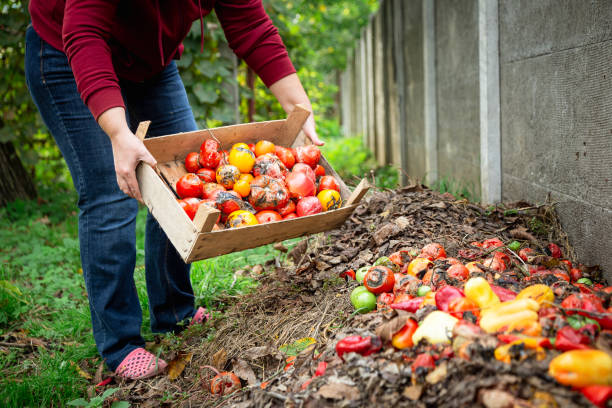
Compost
Compost is often referred to as black gold since it is composed of decomposed yard waste and kitchen scraps. Compost provides a complete nutrient content to any soil, making them rich and well-draining.
Compost can be bought or made right in your own backyard. It is a wonderful option for long-term fertilization since it releases nutrients slowly but regularly over time.
Manure
Manure is a great source of nitrogen, although it needs to dry and decompose before application. Fresh manure can easily damage your plants due to its unadulterated strength.
Manure can come from all kinds of farmhouse animals, such as cows, horses, pigs, rabbits, and chickens. It is a great natural fertilizer that releases nutrients for up to two years.
Synthetic Fertilizers
Synthetic fertilizers are commercially available in gardening centers and nurseries. These can be formulated to suit almost every gardening need.
Synthetic fertilizers can also vary in terms of nutrient release, from fast to slow. Their application can often be found in the instructions on the packages, making them very easy to follow and use.
Conclusion
With so many choices for nitrogen-rich fertilizers, you are now in a better position to make your selection. Whether you prefer natural sources or synthetic fertilizers, your plants will appreciate a boost of essential nutrients.
You don’t have to choose just one. Select two or more to see which high nitrogen fertilizers work best for you and your plants!




